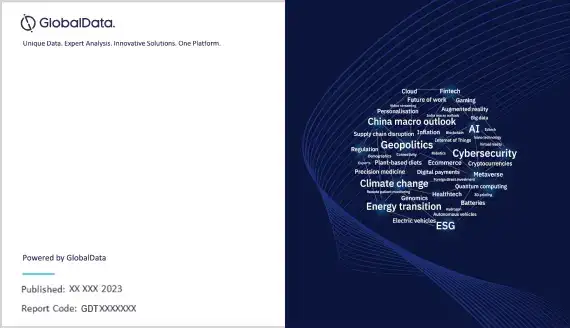Explore the critical intersection of technology and security in the energy sector with our theme analysis on Cybersecurity in Oil and Gas. Uncover the evolving landscape of digital threats and the innovative strategies employed to safeguard vital energy infrastructure. From threat intelligence to risk mitigation, delve into the proactive measures shaping the defense against cyber threats in the oil and gas industry. Stay informed and resilient in the face of cyber challenges with our in-depth analysis, ensuring a secure future for the critical energy resources powering our world.
Cybersecurity Value Chain Insights
The key cybersecurity value chains can be divided into three segments: hardware, software, and services.
Hardware
With chips now being used in mission-critical servers and safety-critical applications, protecting chips from cyberattacks is becoming more critical and more expensive. Systems vendors such as Apple and Amazon are increasingly designing their chips rather than buying commercially developed devices and intellectual property (IP) created by third-party developers.
Software
The software element of the cybersecurity value chain comprises the following areas: identity management, network security, endpoint security, threat detection & response, cloud security, data security, email security, application security, unified threat management, and vulnerability management.
Services
The services element of the cybersecurity value chain comprises the following areas: managed security services, post-breach response services, and risk & compliance services. Services are typically outsourced because of the complexity of addressing cybersecurity-related issues, such as staying on top of vulnerabilities, identifying & responding to threats, and meeting compliance requirements.


